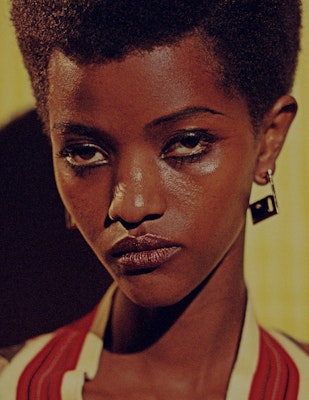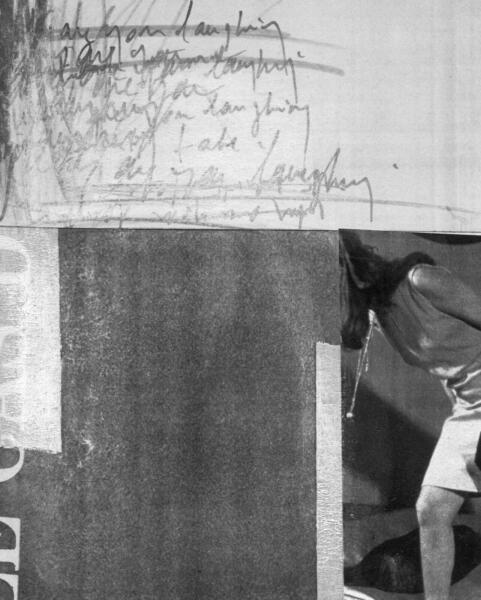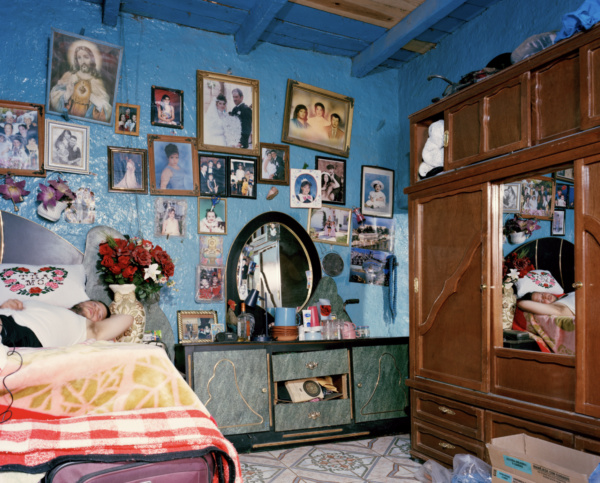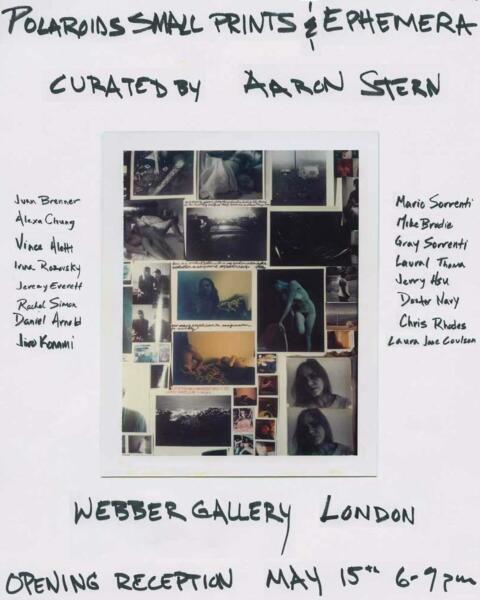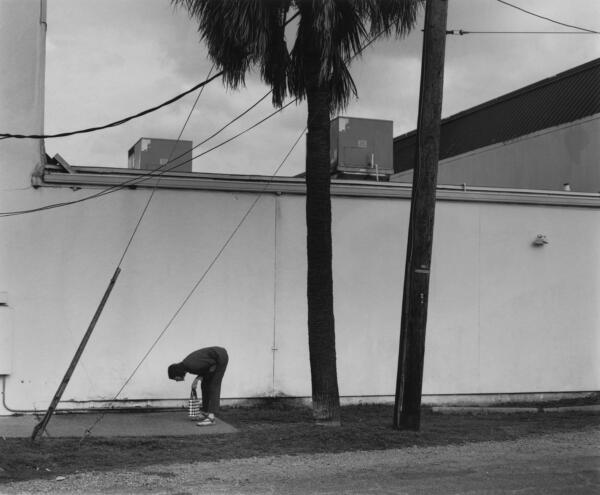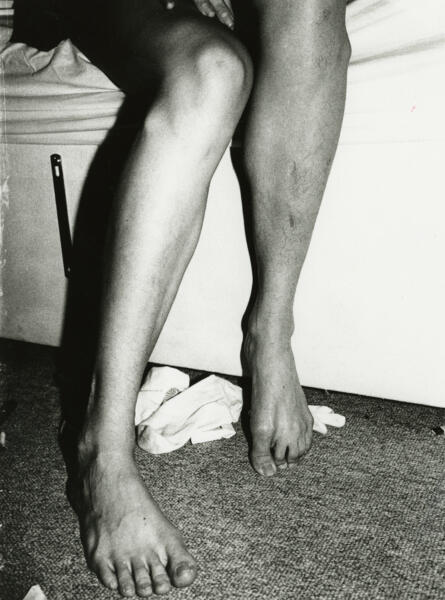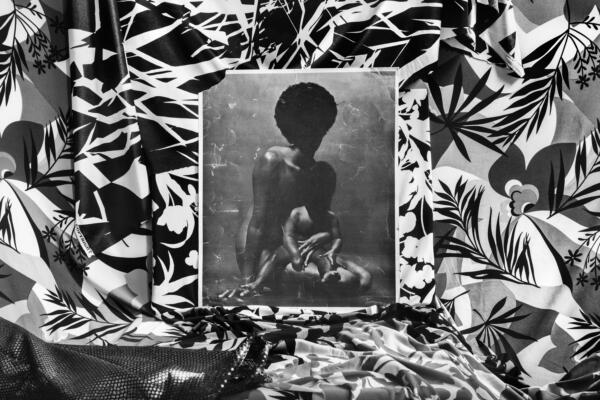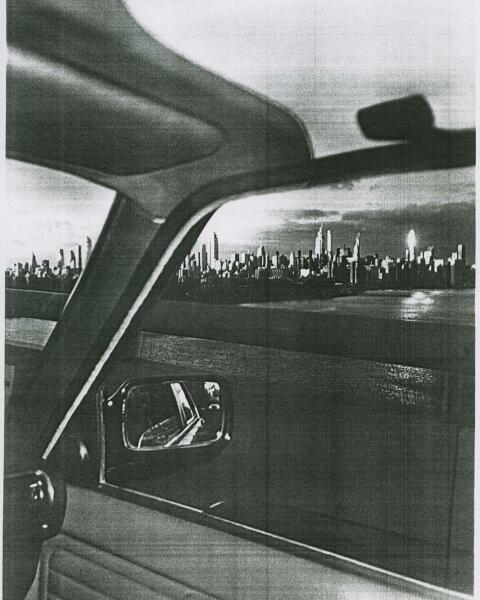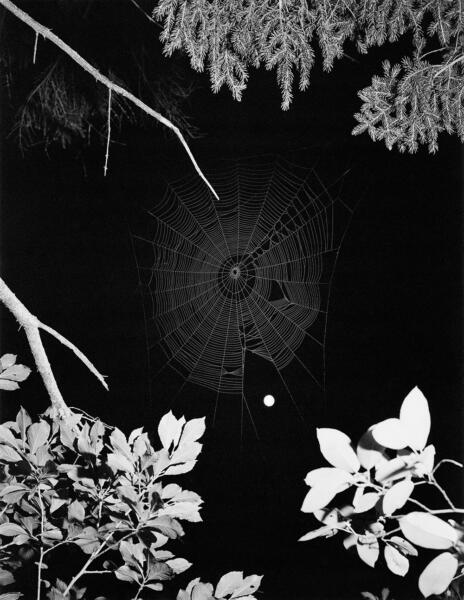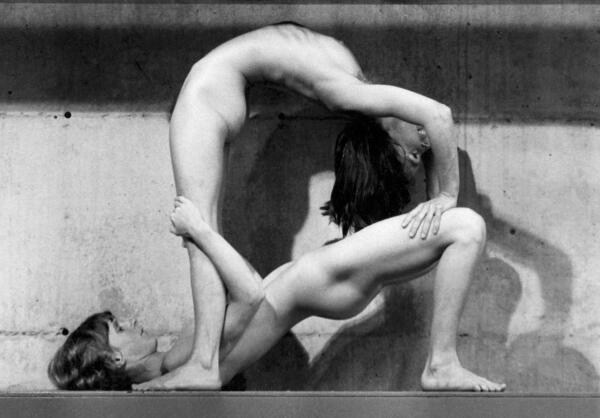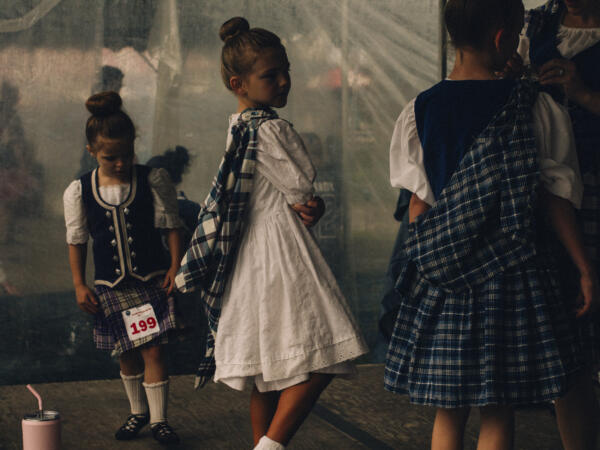Accounts Assistant
Location: London
Salary: £28k (Dependent on Experience)
Reports to: Finance Manager
Employment Type: Full-Time
Applications: dan@webberrepresents.com
Start Date: Immediate
WEBBER is a contemporary creative agency and gallery representing leading talent across
photography, styling, set design, and casting. With presence in London, New York, and LA, we
champion visionary artists and cultivate purposeful partnerships through thoughtful curation and
integrity - elevating visual storytelling at the intersection of art, commerce, and culture.
We are seeking a detail-oriented and proactive Accounts Assistant to join our dynamic team in
London. This role will be crucial in ensuring the smooth and efficient operation of our production &
finance department, providing support across a range of tasks.
The ideal candidate will be a highly organised individual with a strong work ethic and a passion for
accuracy. Webber is a busy and evolving creative agency set to expand, with exceptional career
growth potential.
Responsibilities, include but not limited to:
-
Create, post, and send out client invoices accurately and in a timely manner. Respond to and
resolve client queries regarding invoices and payments in a positive manner. Complete
necessary forms and customer portal setups in collaboration with production.
-
Send daily update emails on client payments received, and weekly updates for jobs to be
wrapped and unpaid advance invoices. Manage the Accounts Payable inbox daily.
-
Perform initial stage credit control, ensuring prompt payment from clients. Communicating
potential concerns in a timely manor to Finance Manager.
-
Collaborate with the production team to ensure timely job invoicing, including chairing weekly
meetings to review open jobs and any debts of concern. Lead weekly meetings with the
production team – creating the agenda, sending follow up notes to ensure tasks are
completed.
-
Upload supplier invoices via ApprovalMax whilst liaising with the production team to ensure
the invoices are being allocated to the correct job, with the appropriate member of the
production team approving the invoices and expenditure.
-
Overseen by the Finance Manager, generate and send recharge invoices to artists for
editorial expenses, maintaining accurate recharge trackers. Prepare quarterly artist
statements and clearly communicate any concerns into the Finance Manager & Agents with
potential solutions in mind.
-
Review existing procedures and where necessary implement changes to help ensure the
smooth running of the London office and service to clients, suppliers and artists
-
Manage studio expenditure and budget, tracking expenses and processing invoices.
Collaborate with the London team on monthly budget projections and reconciliations.
Overseen by the Finance Manager, introduce new processes and cost saving exercise.
-
Liaise with the IT department to ensure smooth operation of studio technology, including
security, software updates, and password management. Ensuring the budget is reasonable,
and spend if kept to business critical tasks.
-
Perform supplier statement reconciliations on a weekly basis. Prepare weekly payment runs
and send remittance advices.
-
Prepare daily bank, debit, and credit card reconciliations, chasing receipts as needed.
Qualifications & Skills:
-
Proven experience in an accounts assistant or similar role. Previous experience in a
production based role or artist management financial department is desired.
-
Strong understanding of basic accounting principles.
-
Excellent attention to detail and accuracy.
-
Proficiency in using accounting software and Microsoft Office Suite (especially Excel).
-
Strong organizational and time management skills.
-
Excellent communication and interpersonal skills.
-
Ability to work independently and as part of a team.
-
Proactive and problem-solving attitude.
-
Experience with Quickbooks online
-
Experience with ApprovalMax is a plus.
![]()
![]()
![]()
![]()
![]()
![]()
![]()
![]()
![]()
![]()
![]()




